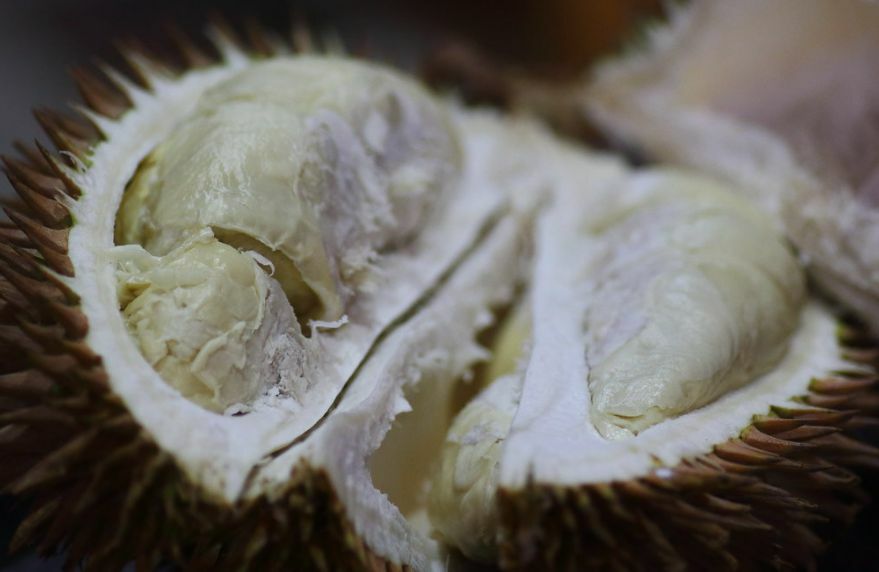Thai fruit and coconut exports to China boosted by FTA benefits

The popularity of Thai fruit was evident throughout the initial five months of this year, reflected through the leverage of free trade agreement (FTA) benefits by exporters. Most notably, shipments destined towards China signalled a greater propensity.
The Director-General of the Foreign Trade Department, Ronnarong Phoolpipat, highlighted that durian, guava, mango and mangosteen were the favoured fruits amongst Chinese consumers, specifically during the hotter periods. Accounting for ASEAN-China FTA benefits, the value of Thai fruit exports saw an elevation to more than US$3.3 billion within the first five months of the present year. This marked a 14.2% increase as compared to the previous year.
Apart from these fruits, coconut-derived products, inclusive of shells, also marked extensive expansion within the Chinese market.
Ronnarong divulged that during the second quarter, Thailand capitalised on Asean-China FTA benefits to export coconut merchandise, including shells, directed towards China. This resulted in a revenue of US$188 million, marking a 27% annual growth for the Thai fruit segment.
Being the leading importer of Thai coconuts, China constituted 54.8% of the total import volume and held 80% of the market share in terms of import value among all coconut-related imports. The remarks by Ronnarong duly noted that the FTA benefits eradicated the import tariffs in China, which was initially a hefty 60%, as per the most favoured nation rate.
The department outlined that the exploitation of FTA benefits accumulated to a worth of US$33.5 billion in the first five months of 2021, witnessing a slight drop of 2.76% annually, with the FTA privileges’ utilisation rate hitting 76.7% for all commodities.
Thailand has established 14 FTAs with 18 nations, one of which includes the RCEP, enforced last year. On the contrary, the FTA privileges’ use does exclude the Thailand-New Zealand FTA, which necessitates self-declarations for origin proof, coupled with the ASEAN-Hong Kong FTA, which beforehand waived off import tariffs on the majority of Thai products before securing the pact.
Previously, Commerce permanent secretary Keerati Rushchano claimed an anticipated rise of at least 10% in fresh Thai fruit exports to China at the back of bettered cross-border trade facilitation, and elevated land transport flow throughout this year.
The majority of the fresh Thai fruit that is transported across land borders is likely to be durian, accounting for between 80 to 90% reported Bangkok Post.
Projections for this year’s exports of fresh Thai fruit to China are anticipated at 2.5 million tonnes equating to US$5.59 billion. The previous year, transport complications arose, given China’s stern Covid-19 control tactics, specifically across land borders. This resulted in a more pivotal reliance on sea transport.
Nonetheless, the Thai fruit exports to China summed to 2.25 million tonnes in the preceding year, resulting in a meagre 2.7% surge from the prior year, amassing to US$5.04 billion. However, this was slightly down by 2.5% from US$5.17 billion as documented in the year before.
Latest Thailand News
Follow The Thaiger on Google News:


























